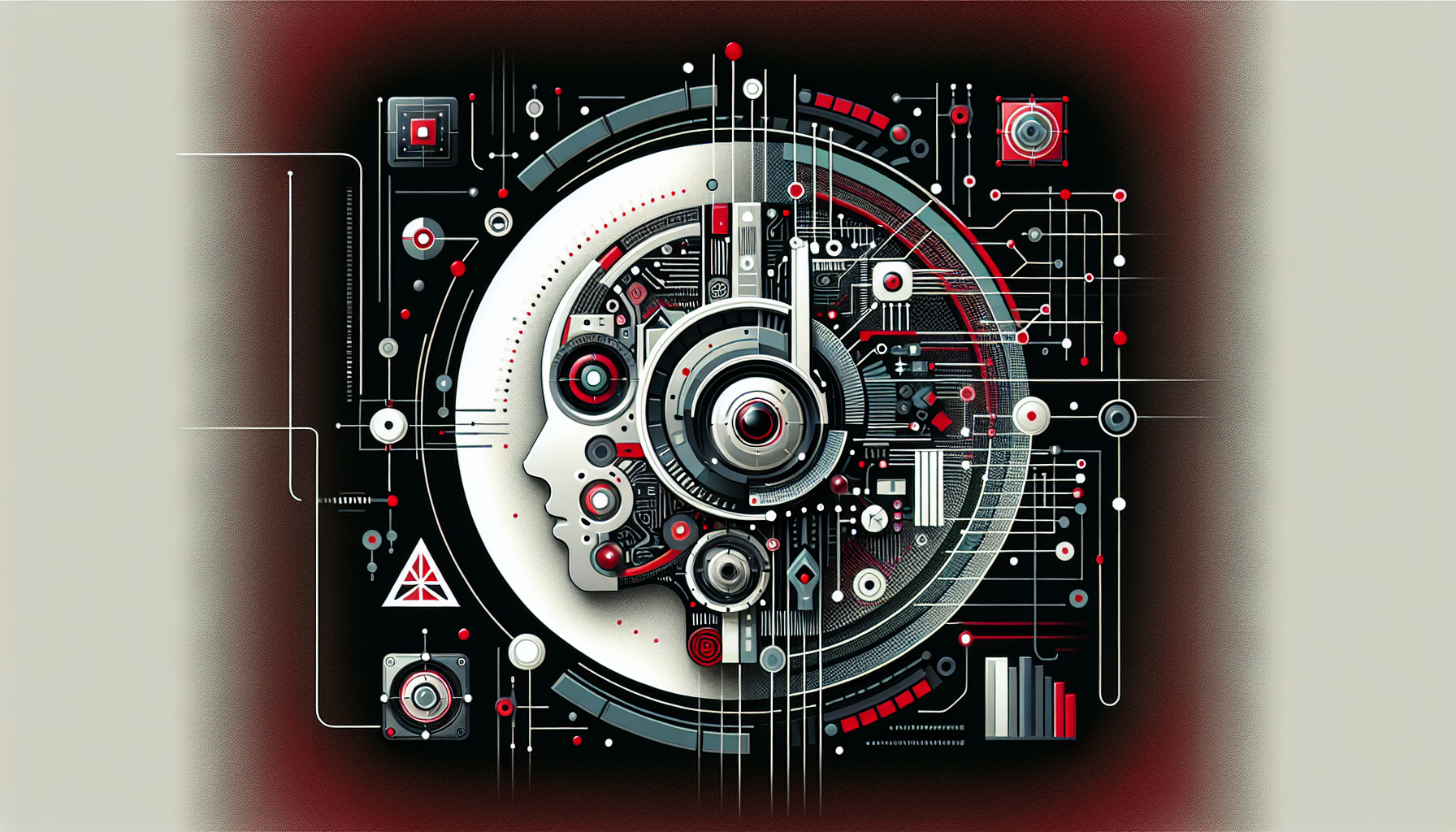The Pros and Cons of M1/M2 MacBooks for Developers

18
May
Hardware Performance
CPU and GPU Architecture
M1 and M2 MacBooks use Apple Silicon, based on ARM architecture rather than Intel’s x86-64. These chips deliver high single-core and multi-core performance, significant for compiling code, running virtual machines, and multitasking.
| Metric | M1 | M2 |
|---|---|---|
| CPU Cores | 8 (4P + 4E) | 8 (4P + 4E) |
| GPU Cores | 7 or 8 | 8 or 10 |
| Neural Engine | 16-core | 16-core |
| RAM Options | 8GB/16GB | 8GB/16GB/24GB |
| Process Node | 5nm | Enhanced 5nm (N5P) |
- Pro: Compilation tasks (e.g., Xcode, Rust, Go) are significantly faster versus Intel-based MacBooks.
- Con: Some developer tools are not yet optimized for ARM, leading to reliance on Rosetta 2 for x86 emulation (with moderate performance hit).
Battery Life
Apple Silicon’s efficiency means MacBooks last 15–20 hours on a charge during light development tasks. This is a major benefit for mobile developers.
- Pro: Extended battery life during travel, conferences, or remote work.
- Con: High-load tasks (Docker, VMs) reduce battery significantly, but still outperform Intel MacBooks.
Software Compatibility
Native vs. Intel (Rosetta 2)
- Pro: Most mainstream development tools (Xcode, VS Code, Docker, Node.js, Python, Ruby, Homebrew, etc.) now offer native ARM support.
- Con: Some legacy or niche tools require x86 emulation (Rosetta 2), which can cause performance and compatibility issues.
Example:
Running an x86-only tool (e.g., certain versions of MongoDB):
arch -x86_64 brew install <package>
Docker and Virtualization
- Pro: Docker Desktop and other container tools now support Apple Silicon natively, but images must be ARM-compatible.
- Con: Running x86 containers or VMs has limitations; some images require cross-platform builds or workarounds.
Example: Multi-architecture Docker Images
docker buildx build --platform linux/amd64,linux/arm64 -t myimage:latest .
Development Ecosystem
| Tool/Platform | Native ARM Support | Notes |
|---|---|---|
| Xcode | Yes | Optimal performance |
| VS Code | Yes | Official ARM build available |
| Android Studio | Yes (beta/stable) | Improved but some plugins may lag |
| Docker Desktop | Yes | ARM images required for best performance |
| Homebrew | Yes | Uses /opt/homebrew for ARM, /usr/local for x86 |
| Java/JVM | Yes (8+) | GraalVM, OpenJDK, OracleJDK all support ARM |
| .NET | Yes (.NET 6+) | ARM64 binaries available |
| Python, Node.js | Yes | Official ARM builds, but some native modules may need patching |
Workflow and Developer Experience
Terminal and Shell
- Pro: Terminal performance is exceptional; zsh/bash, SSH, and scripting workflows are seamless.
- Con: Some CLI tools may break if not ARM-compatible; workaround is to use Rosetta 2 or build from source.
Package Management (Homebrew, NPM, pip)
- Pro: Homebrew and major package managers fully support ARM.
- Con: Some formulae/casks or Node/Python native modules lack ARM binaries, requiring manual compilation.
Tip: Use separate Homebrew installations for ARM and x86 if needed:
# ARM Homebrew
/opt/homebrew/bin/brew install <package>
# x86 Homebrew via Rosetta
arch -x86_64 /usr/local/bin/brew install <package>
Cross-Platform Development
Web Development
- Pro: Node.js, npm/yarn, Python, Ruby, PHP, Go, and Rust are all ARM-optimized, so web stacks run fast.
- Con: Occasional issues with obscure build tools or native extensions.
Mobile Development
- Pro: Xcode on Apple Silicon is optimal for iOS/macOS development. Android Studio is now performant.
- Con: Android emulators are slower or limited compared to Intel-based machines (Intel HAXM not supported; uses ARM-based emulation).
Backend/Cloud Development
- Pro: Fast compilation for Go, Rust, Java, etc.; supports multi-arch Docker builds.
- Con: Must ensure server deployment matches local architecture (ARM vs. x86).
Limitations and Workarounds
Running x86-Only Software
- Use Rosetta 2 for most apps:
arch -x86_64 <command>
- For complex software (e.g., legacy SQL Server tools, old proprietary binaries), consider a cloud VM or remote development environment.
Virtualization
- Parallels Desktop and UTM support ARM-based VMs (Linux, Windows 11 ARM).
- No official support for x86 Windows or Linux VMs.
- Use cloud-based dev machines for legacy x86 needs.
Pricing and Models
| Model | Typical RAM | Storage | Best For |
|---|---|---|---|
| MacBook Air M1 | 8–16GB | 256–512GB | Web, light backend/mobile, great portability |
| MacBook Air M2 | 8–24GB | 256–2TB | Slightly more power, better screen |
| MacBook Pro 13″ M2 | 8–24GB | 256–2TB | Heavier workloads, active cooling |
| MacBook Pro 14″/16″ M1/M2 Pro/Max | 16–64GB | 512GB–8TB | Heavy-duty, multiple VMs, large codebases |
Practical Recommendations
- 8GB RAM: Acceptable for web and light mobile development.
- 16GB+ RAM: Recommended for heavy multitasking, Docker, VMs, large codebases.
- SSD Storage: Consider 512GB+; Xcode and Docker images consume significant space.
Summary Table: Pros and Cons
| Pros | Cons |
|---|---|
| Exceptional performance and battery life | Compatibility issues with some legacy tools |
| Quiet, cool operation | x86 virtualization/emulation is limited |
| Most modern dev tools now ARM-native | Some Docker/VM workflows require adjustments |
| Fast compilation and multitasking | Android emulation is slower on ARM |
| Excellent terminal and scripting speed | Higher RAM/SSD configurations are expensive |
| Great for web/iOS/macOS development | Less ideal for legacy Windows/x86-only dev |
Actionable Setup Tips
- Install Homebrew for ARM:
bash
/bin/bash -c "$(curl -fsSL https://raw.githubusercontent.com/Homebrew/install/HEAD/install.sh)" - Install Rosetta 2 (if needed):
bash
softwareupdate --install-rosetta - Check architecture of terminal:
bash
uname -m # Should output 'arm64' - Switch between ARM and x86 terminals:
- Right-click Terminal.app > Get Info > “Open using Rosetta” for x86 emulation.
- For Docker multi-arch development:
- Use
docker buildxto build ARM and x86 images for testing.
Key Takeaways
- M1/M2 MacBooks suit most modern development workflows, except those reliant on x86-only legacy tools or heavy x86 virtualization.
- Opt for higher RAM and storage if budget allows, especially for intensive workloads.
- Always verify toolchain and dependency support for ARM before migrating critical projects.





0 thoughts on “The Pros and Cons of M1/M2 MacBooks for Developers”